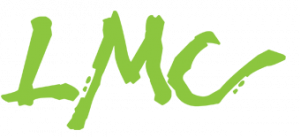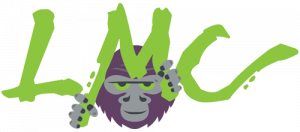What’s Next for What’s Next?
An Afternoon with Mary Furlong: Behind the Scenes of the Renowned What’s next Boomer Summit
Laura Mitchell Consulting has been selected to bring our special blend of social media magic to this year’s What’s Next Boomer Business Summit, held this year in Washington, D.C. We’re delighted and honored to be part of this conference, the premier event of the aging and technology industry.
Today we’re talking with the brilliant mind behind the What’s Next summit. Mary Furlong is a serial entrepreneur, and a leading expert in entrepreneurship and the aging and technology market. She is the owner of Mary Furlong and Associates, a consulting company that advises firms in the longevity market, and that puts on this important annual conference.
Q: Hi Mary. Thanks for talking with us today. Can you tell us a little about the What’s Next Boomer Business Summit?
A: This summit was the first of its kind, and it’s the nation’s leading event for companies, experts, and thought leaders in the aging market. It brings together groups from every part of the industry to network and learn. We’ll have market overviews, industry analysts talking about trends in technology, in senior housing, in caregiving, in financing. We’ll have a pitch competition. It’s like getting a mini MBA in the longevity market.
Q: Who is it for? Who would benefit from attending?
A: It’s an intentional mix of entrepreneurs, investors, business development people for major organizations, top executives from non-profits, regulators, thought leaders, and industry analysts. We bring together people from tiny startups and from Fortune 100 companies, all
the players who are successfully targeting the largest and most lucrative consumer demographic in the world. And we also examine the perspectives of the millennials and their role in shaping boomer priorities.
Q: This conference is now in its 13th year. How did it come about originally?
A: Before I started my consulting company I’d already been in this business for 17 years. So I had a lot of relationships. The longevity market is growing. It’s sized at over $260 billion in the next four years, so just look at the enormous opportunity. I’d written a book on how to make a profit in this industry (Turning Silver Into Gold). I could see that people needed a guide for how to bring products and services to market, and to accelerate their traction. I could bring groups together, to help facilitate the conversation, and to get more innovation in the marketplace.[pullquote align=”right” cite=”Mary Furlong, CEO Mary Furlong & Associates” link=”” color=”#69AE22″]”It’s like getting a mini MBA in the longevity market.”[/pullquote]
Q: How has it changed over the years?
A: In the first year, we did print marketing, a brochure. We don’t do that anymore. Now we launched a video. Our email list has grown to 15,000. I keep saying that the longevity market today is where the Internet was in 1994. So if you’re getting out of school now, you’re coming into a market that is solely a growth market. It’s not like other markets that have hiccups, like Venezuelan oil, for instance. It’s immutable that there’s a large and growing group of older people for the foreseeable future.
There’s a phrase, “riches in the niches.” We point to people who find their niches to make money. Think of Lori Bitter, who is a marketing and development consultant, or Laurie Orlov, an industry analyst. Where are the places to make money serving this market? You can be a large technology firm, a non-profit, or a new entrepreneur, but it makes sense to pivot into the market and to really understand your customer. David Inns, the CEO of GreatCall, is someone who really knows his customer. So if you can have a conversation between experts like that, they all are drawing a detailed portrait of the consumer. It helps people understand who the customer is, how to reach them, and what are the riches in the niches. We’ve had people who used to be volunteers at the summit, who have gone on to launch businesses and have come back to the conference as attendees or speakers.
Q: This summit is such an important force in the industry. Why is it still the event to go to?
We work really hard to curate content, to select the leaders. We also have great facilitators. The conference is embedded with reporters who are covering age beat and know the issues. We have analysts to point you in the direction of the issues.
We have met so many people through the years, and they recommend new talent. So talent gets crowdsourced by people in the What’s Next community. We have a private client practice, and those clients point us to the more innovative things. We take each slot seriously in the program. Plus, there’s a legacy to this conference. People know to look for us if they want to meet an expert in an area, or find a technology they can take home with them. This year, for example, we have a group of people coming from a major senior housing operation in China.
We leverage by location, so this year, we’re holding the summit in Washington, DC, where we have many deep relationships. I’m out in Silicon Valley, where we look at aging as an opportunity, as opposed to Washington, where they look at aging as a liability. I like rephrasing the question, asking how we will improve the role of older people, helping them be creative, engaged, and contributing in our culture, enhanced by technology, as opposed to seeing them as people who are draining the system. And I’ve always felt that to really lead in aging, you need a DC strategy. There are many organizations in Washington that can help a technology company to pilot, or go to market.
Q: Is there a benefit for a newbie to the market?
A: For a new entrepreneur, we have sessions about creating a business plan, figuring out what is your niche, what you can uniquely do in market that will serve a need, and what is your go to market strategy. We help them refine their business model so it scales, help them find the right support and financing, and to identify useful partnerships. We’ve helped companies raise money and get pilots done.
I’m a natural entrepreneur, but I’ve recently started calling myself a cartographer. We help people understand the landscape, and provide a roadmap for going to market. They need to know what doesn’t work as well as what does. We help them sharpen the business model around what they want to do.
Laura Mitchell Consulting is a strike team of marketing and growth strategy experts in the aging and technology industry. To find out more, contact us at info@lmcllc.us.


